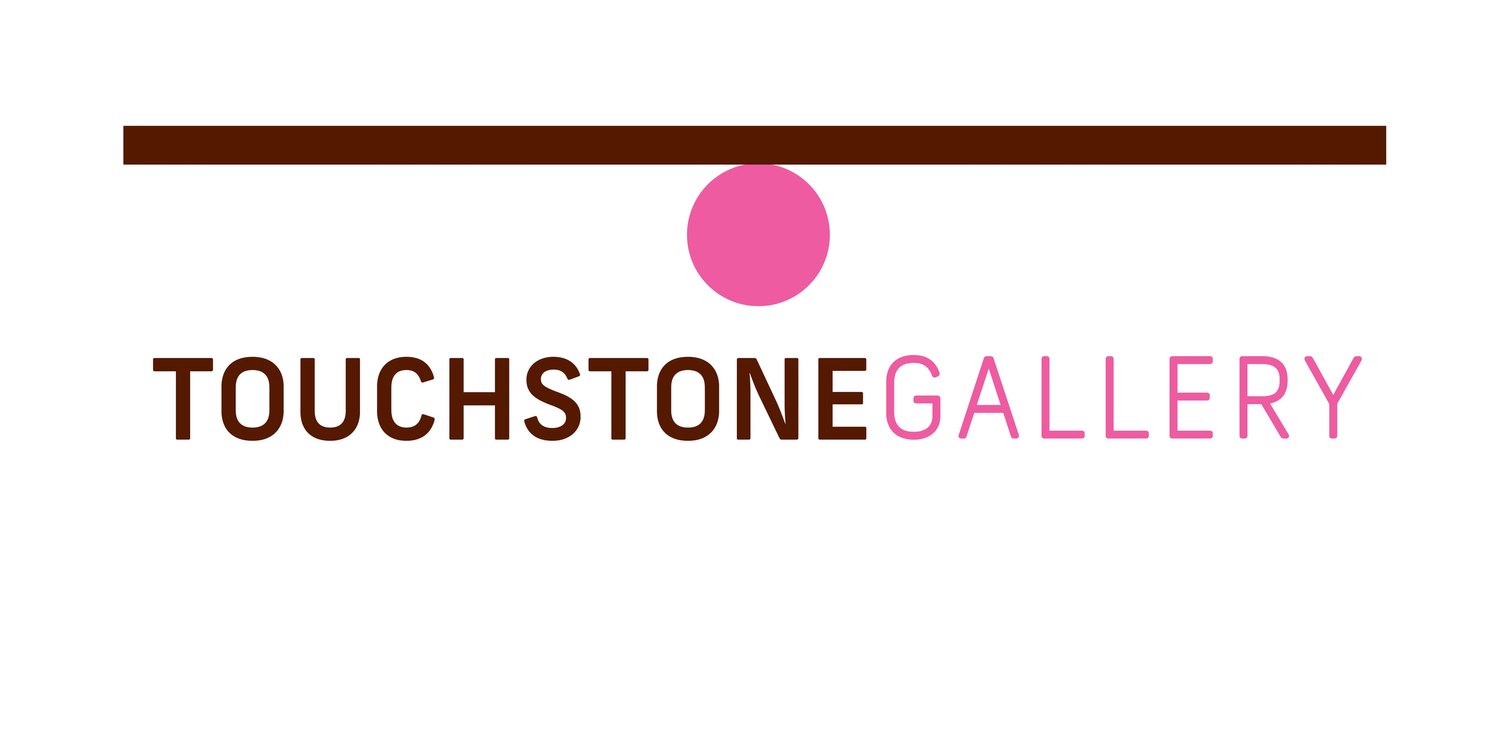Maryam Rassapour is an Iranian American graphic designer, art teacher, and motion designer. She started her career as a teacher helping high school students prepare their college portfolios while working freelance. Rassapour brings awareness to issues of feminism using a variety of media and creates visually engaging art by drawing inspiration from her childhood and cultural influences.
In the following interview she speaks about her art and process with Touchstone intern Charmaine Mapp (a senior at George Mason University).
Charmaine Mapp: As a teacher and advocate of continuous education, what methods do you use to continue learning about yourself and the world? How do you implement these findings into your work?
Maryam Rassapour: I continue learning about myself through research and engagement with others. I study the history of other countries on feminism and social issues. Growing up in Iran under war conditions, I have had many good and bad experiences which I reflect in my art. I go to shows to learn more about other artists and look at the work of my students. I also look back at my older work to see what I can improve on. Ongoing discoveries keeps my art evolving and makes it more powerful and meaningful.
CM: You include writing in a lot of your artworks. For viewers who cannot read Persian, what do you hope they take away from your art despite potential language barriers and cultural differences?
MR: Persian calligraphy is more than writing; its symbols, its painting. Each word has its own curves and movement. I keep a translation on hand [for viewers], but I always use calligraphy as a texture in my art. Because I’m familiar with the words and sentence structure, I kind of play with it and change it.
CM: Are there any materials or art forms that you are curious about?
MR: I do sculpture with wire, but I would really like to learn more about molding and work with other sculptural materials.
CM: What prompts a new series and how do you know when that series is complete?
MR: I’m usually drawn to a subject or idea which creates a new series, or I watch something that sparks an idea. Because I am a mixed media artist, I experiment with materials to see what media works best for a new series. Finishing is hard. I might have decided that [a series is] finished, but the next day I come back to it and realize that something is missing. You feel it when it’s finished. When you look at it and see that you have conveyed the feeling to the viewer or it has a very strong composition, then you know. It’s a very challenging process.
CM: If you were to characterize the message of your art in a single word or sentence, what would it be?
MR: My last series [Unseen] was telling a story of the struggles, strength and survival of women, so resilience.




